Diving is an exciting and adventurous activity that attracts millions of people every year. But, as with any adventure, it comes with its risks. That’s where the Martini Rule comes in, helping divers understand and mitigate the dangers of nitrogen narcosis, a condition that can affect divers at certain depths. So, what is the Martini Rule, and why is it important for your next dive?
Introduction to the Martini Rule
If you’ve ever been curious about diving, you might have heard of the Martini Rule. But what exactly does it mean, and how does it relate to diving safely? Essentially, the Martini Rule helps divers avoid one of the most dangerous conditions underwater—nitrogen narcosis. This condition is commonly referred to as "the rapture of the deep," and it can cause a variety of symptoms, from impaired judgment to complete disorientation. By understanding the Martini Rule, divers can better protect themselves during their dives, ensuring that they enjoy the experience rather than putting themselves at risk.
What is Nitrogen Narcosis?
Before we dive into the details of the Martini Rule, it’s essential to understand nitrogen narcosis. When you dive deep underwater, the pressure increases, and the body absorbs more nitrogen from the air you breathe. Nitrogen is harmless at the surface, but at greater depths, it can have a narcotic effect on the brain.
This effect can cause symptoms similar to drunkenness, including:
-
Euphoria
-
Impaired judgment
-
Drowsiness
-
Lack of coordination
-
Confusion
Nitrogen narcosis typically becomes a concern when diving at depths of 30 meters (about 100 feet) or more. The deeper you go, the stronger the effects can be.
The Origins of the Martini Rule
The Martini Rule has its origins in the early days of recreational diving. In simple terms, the rule suggests that for every 10 meters (or 33 feet) of depth, it’s like having a martini in terms of the impairment you experience from nitrogen narcosis. For instance, at 30 meters (about 100 feet), it’s as if you’ve had three martinis. While this is, of course, a metaphorical guideline, it helps divers grasp the concept of how depth can affect their mental and physical performance underwater.
How Does the Martini Rule Work?
The Martini Rule works as a safety guideline for divers, giving them a clear idea of how deep they can safely go before they begin to feel the effects of nitrogen narcosis. If you know how many "martinis" you're potentially consuming at a certain depth, you can make better decisions about your dive.
To break it down:
-
0-10 meters: Essentially safe; no effects of nitrogen narcosis.
-
10-20 meters: Equivalent to 1 martini. Minor effects are possible.
-
20-30 meters: Equivalent to 2 martinis. Mild effects may start to appear.
-
30-40 meters: Equivalent to 3 martinis. More noticeable impairment is likely.
-
Beyond 40 meters: Equivalent to 4+ martinis. Substantial impairment can occur.
While this is not a scientifically precise formula, it provides a good rule of thumb for divers to estimate when they may start to feel the effects of nitrogen narcosis.
Understanding the Impact of Depth
As you descend into the ocean, the pressure increases, and so does the concentration of gases you breathe. At the surface, the air we breathe consists of approximately 79% nitrogen and 21% oxygen. As you dive, your body absorbs more nitrogen, and the effects of this gas on your brain become more pronounced with greater depth.
For example, when diving to 30 meters (100 feet), the pressure is three times higher than at the surface. This increased pressure means you’re inhaling three times the amount of nitrogen that you would at the surface, potentially causing narcosis. Understanding this relationship between depth and pressure is crucial for divers in making safe decisions about their dives.
Why It's Called the Martini Rule
The term "Martini Rule" is meant to be a lighthearted analogy, comparing the effects of nitrogen narcosis to the effects of drinking martinis. Just like consuming alcohol can impair your judgment and coordination, so too can nitrogen at greater depths.
The deeper you dive, the more "martinis" you metaphorically consume, leading to an increased risk of impairment. This analogy helps divers understand the potential risks they face and encourages them to dive within safe limits.
Factors That Affect Nitrogen Narcosis
While depth is the primary factor, other variables can affect the severity of nitrogen narcosis. These include:
-
Time at depth: The longer you remain at depth, the more nitrogen your body absorbs.
-
Diver’s experience: Experienced divers might be able to handle narcosis better than beginners.
-
Health conditions: Pre-existing medical conditions, such as fatigue or anxiety, can exacerbate the symptoms.
-
Rate of descent: Rapid descents can increase the likelihood of feeling the effects of narcosis.
Symptoms of Nitrogen Narcosis
The symptoms of nitrogen narcosis can vary from mild to severe, but common symptoms include:
-
Feeling overly relaxed or euphoric
-
Loss of concentration
-
Reduced ability to make quick decisions
-
Slowed reaction times
-
Dizziness or lightheadedness
In extreme cases, nitrogen narcosis can cause disorientation or even hallucinations, making it extremely dangerous for divers.
How to Prevent Nitrogen Narcosis
Preventing nitrogen narcosis involves several strategies:
-
Limit Depth: Stay within the safe depth limits suggested by the Martini Rule.
-
Control Your Descent: Descend slowly to avoid sudden pressure changes.
-
Dive with a Buddy: Always have a dive buddy to watch over you and help if needed.
-
Dive with Nitrox: Using enriched air (Nitrox) instead of regular air can reduce nitrogen intake at depth.
-
Take Frequent Breaks: Short stops during deep dives can help your body release excess nitrogen.
Using the Martini Rule as a Safety Guide
While the Martini Rule isn't an official diving protocol, it's widely adopted as a personal safety guideline. By adhering to the rule, divers can minimize their risks and ensure they stay safe during their underwater adventures. It’s like knowing your limits when it comes to alcohol – once you know how much you can handle, you’re more likely to make responsible choices.
Does the Martini Rule Apply to All Divers?
The Martini Rule is a general guideline, but it may not apply the same way to everyone. Some divers, particularly those with more experience, might feel comfortable diving deeper while still remaining mentally alert. However, the rule is designed to keep even the most experienced divers safe, especially when they are diving under challenging conditions.
Martini Rule vs. Other Safety Guidelines
The Martini Rule is just one of many safety protocols divers should follow. Other important guidelines include:
-
The 10-20 Rule: No more than 10 minutes at depths below 20 meters.
-
The 1/3 Rule: Use one-third of your air on the way down, one-third on the way up, and keep one-third in reserve.
-
The Safety Stop: A pause at 5 meters (15 feet) for 3-5 minutes to help your body off-gas excess nitrogen.
Each of these guidelines serves a different purpose, and when combined, they provide a robust safety framework for recreational divers.
The Importance of Diving with a Buddy
Having a buddy while diving isn't just about companionship – it’s about safety. If nitrogen narcosis begins to impair your judgment, having a dive buddy with you ensures that someone is there to help you get back to the surface safely.
How to Stay Calm Underwater
Even when diving to greater depths, staying calm is critical. If you start to feel the effects of nitrogen narcosis, try to focus on your breathing and remain as calm as possible. Panic can lead to poor decision-making, which increases the risk of accidents.
Conclusion
The Martini Rule is a helpful and simple guideline for divers, allowing them to understand the potential effects of nitrogen narcosis. By following this rule, divers can make informed decisions about their dive depths and ensure that their adventures stay safe and enjoyable. Remember, it’s all about knowing your limits and always diving with safety in mind.
FAQs
Q: What is nitrogen narcosis in diving?
Nitrogen narcosis is a condition caused by increased nitrogen levels in the body at greater depths, impairing a diver’s judgment and coordination.
Q: How deep does a diver need to go for nitrogen narcosis to occur?
Nitrogen narcosis typically begins to affect divers at depths of 30 meters (100 feet) or deeper.
Q; Can nitrogen narcosis be fatal?
While nitrogen narcosis itself isn’t usually fatal, it can lead to dangerous situations due to impaired decision-making and disorientation.
Q; Why is the Martini Rule called that?
It’s named because the effects of nitrogen narcosis are compared to the effects of drinking martinis; the deeper you go, the more “martinis” you consume.
Q: What should I do if I experience symptoms of nitrogen narcosis?
If you experience symptoms, you should ascend to a shallower depth, breathe deeply, and stay calm. Always dive with a buddy who can help if needed.
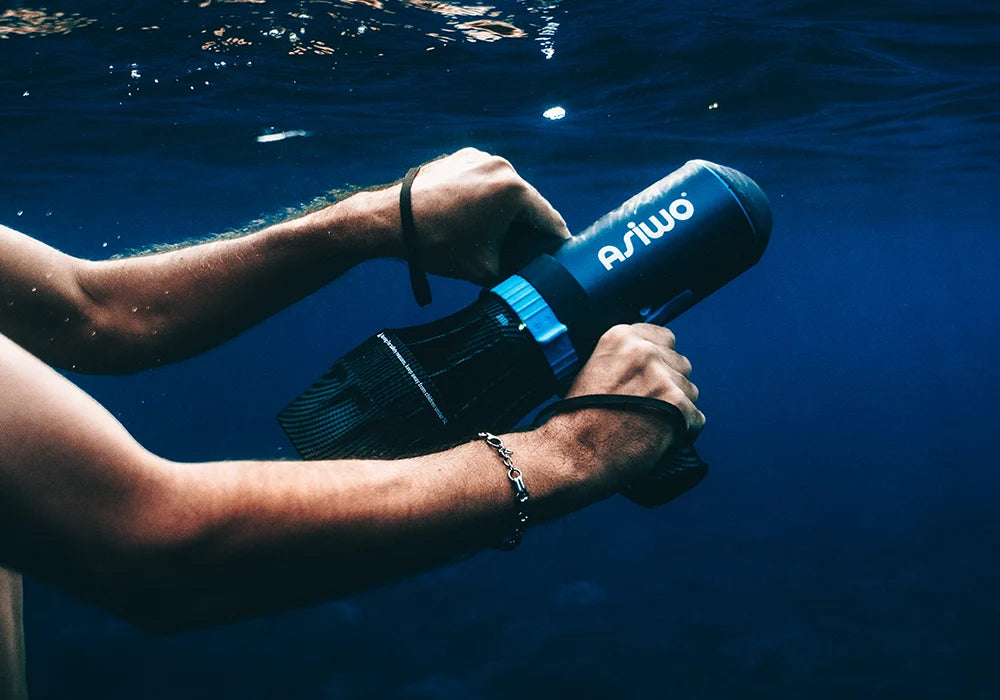




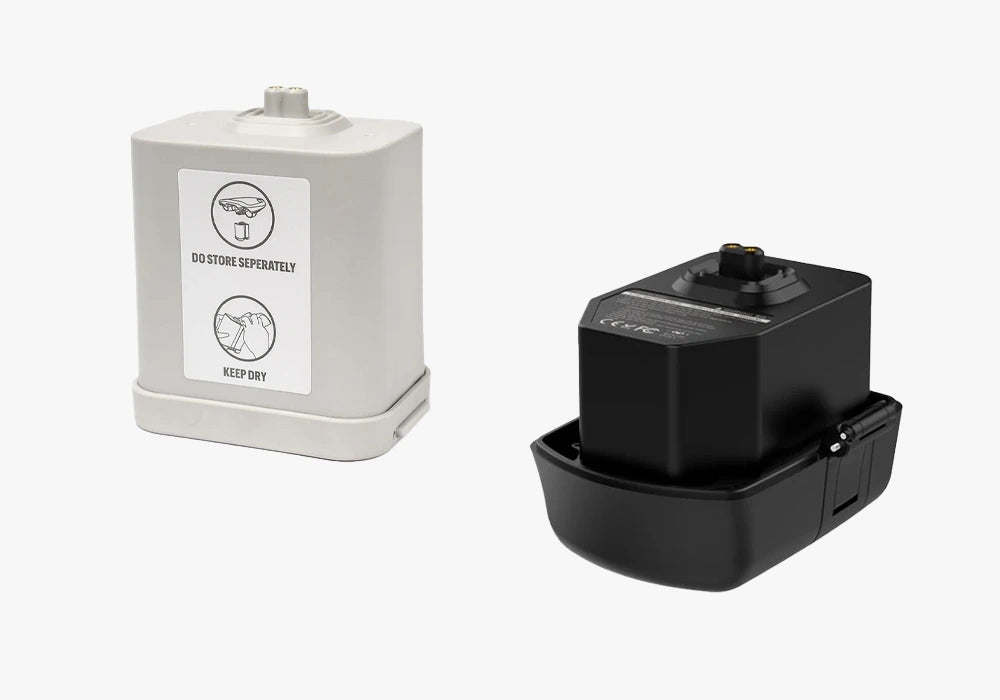




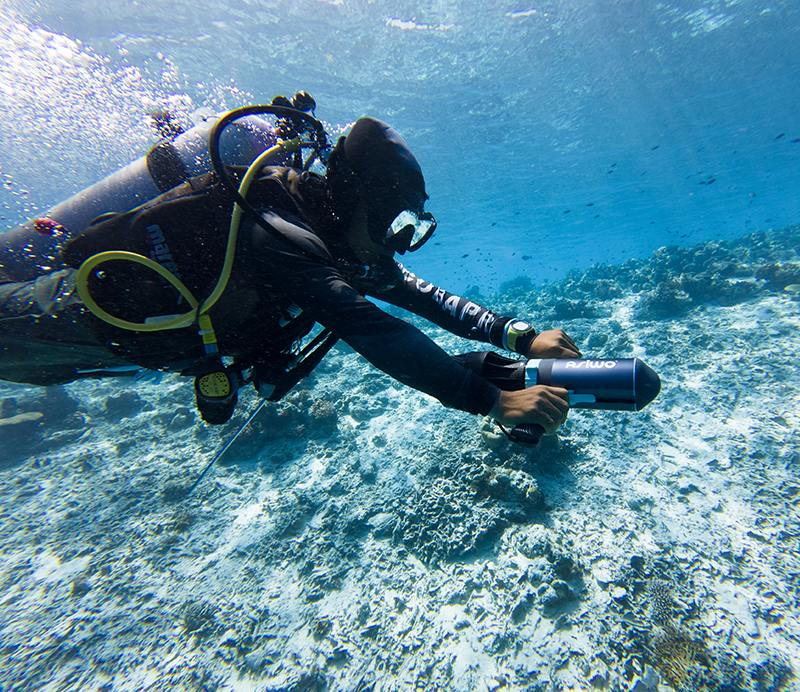
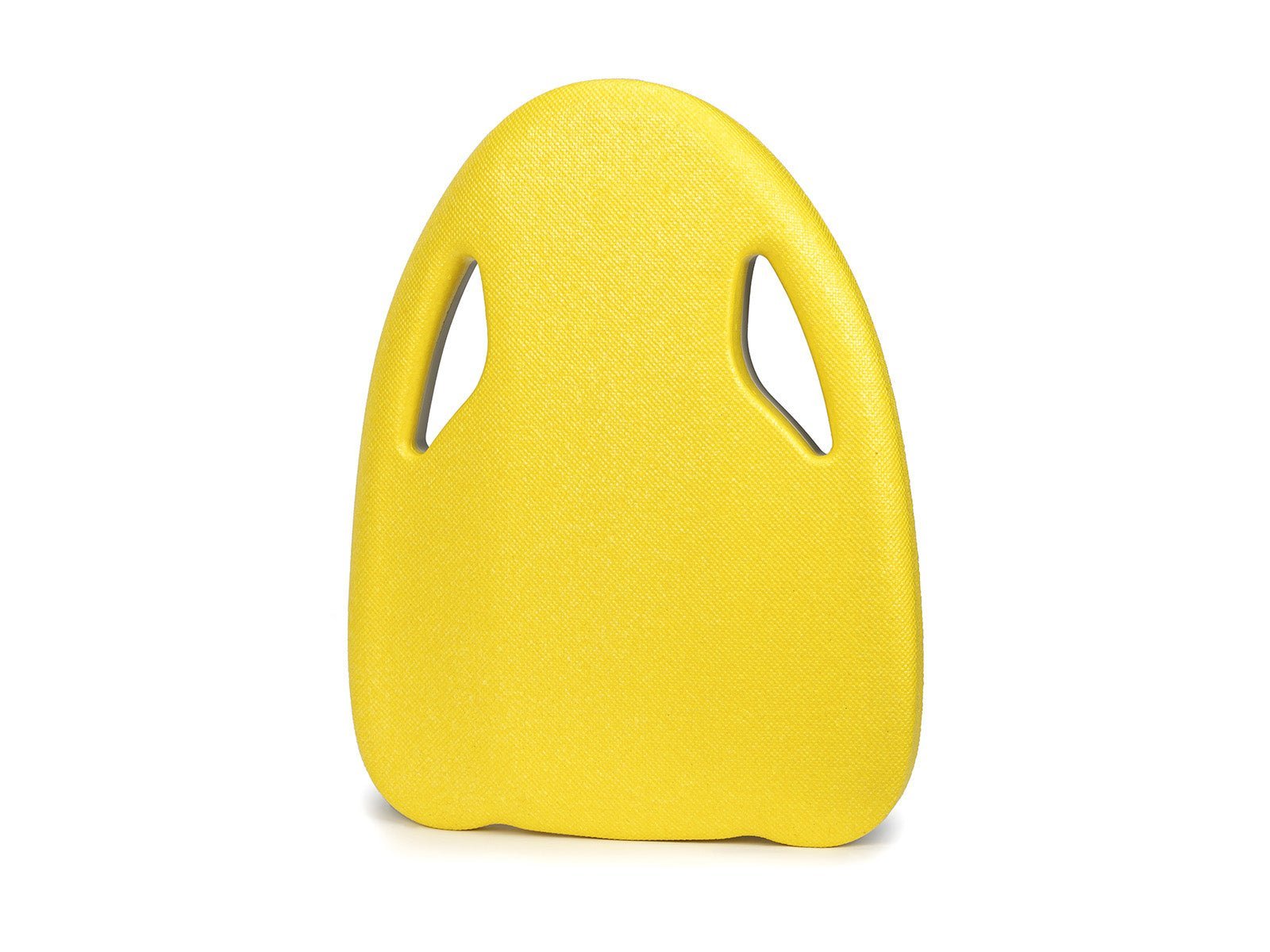
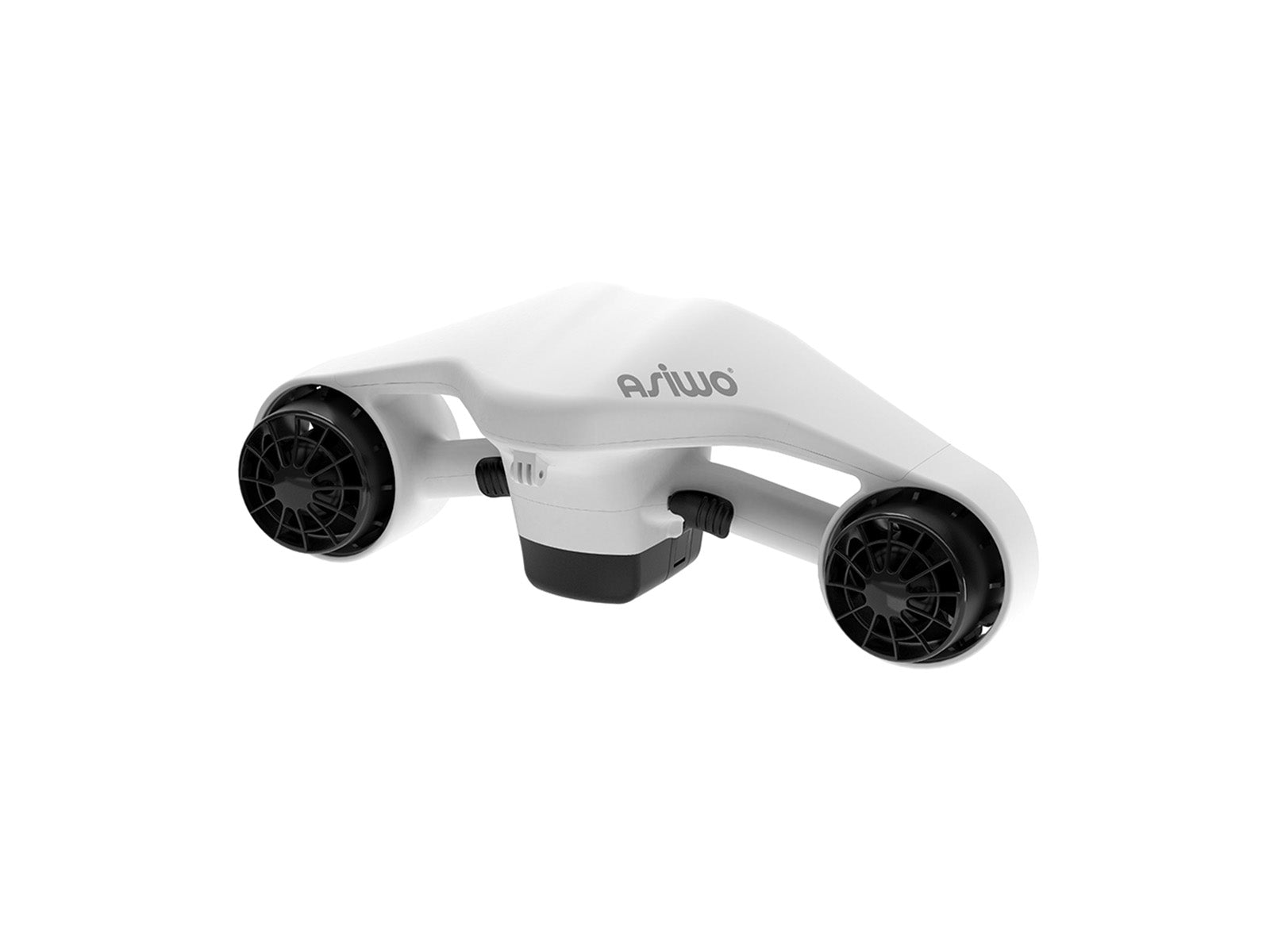
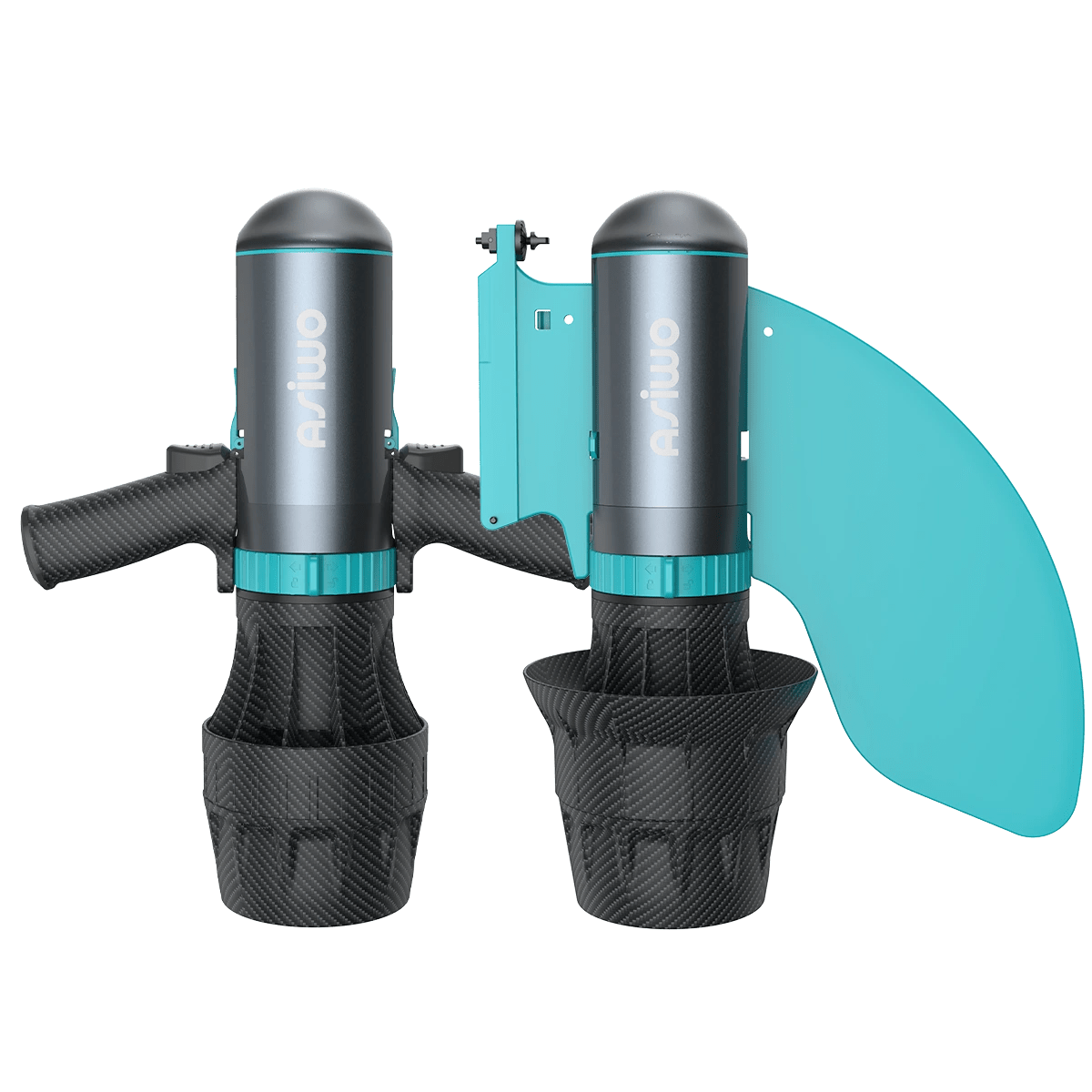




Hinterlassen Sie einen Kommentar